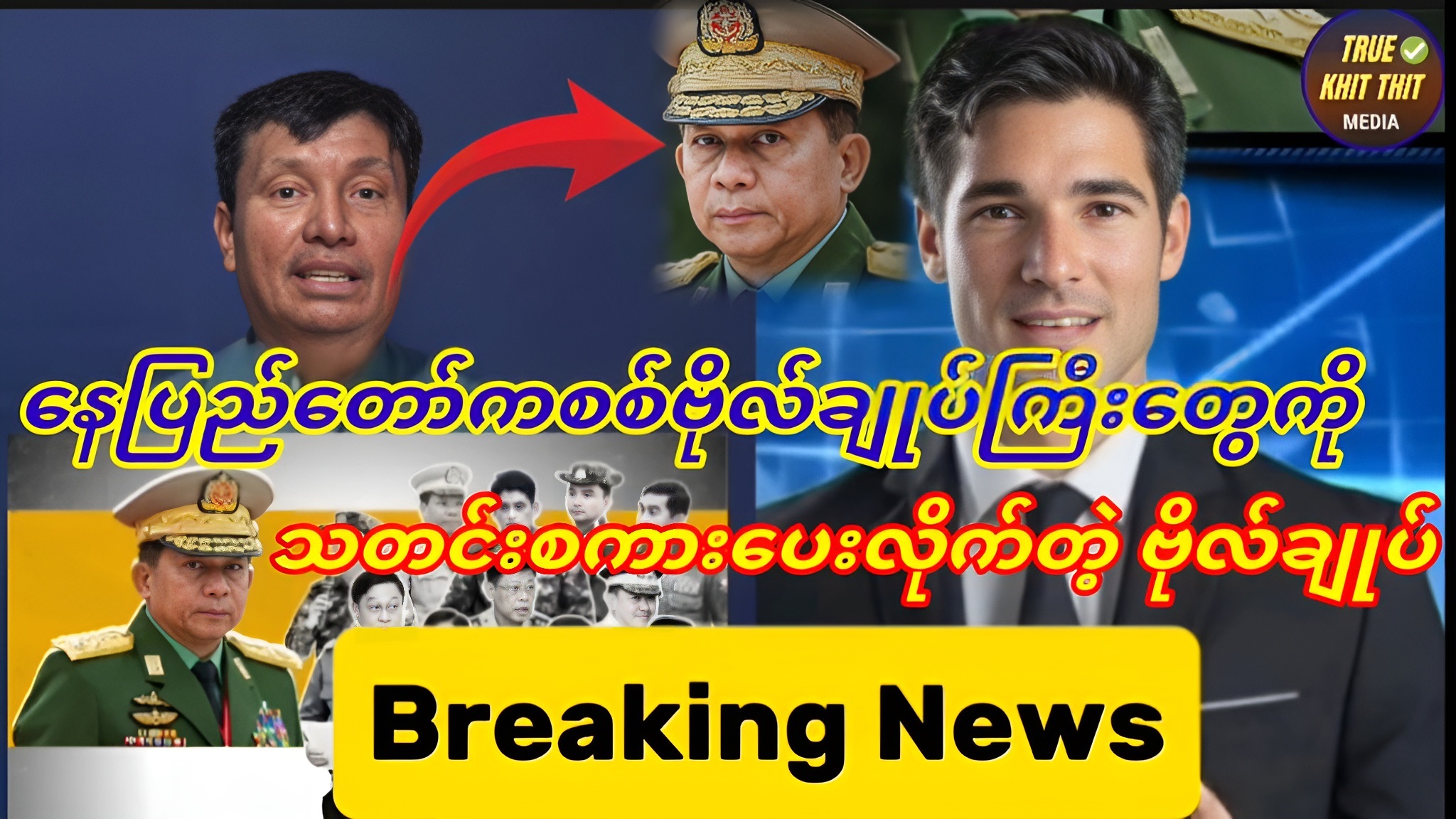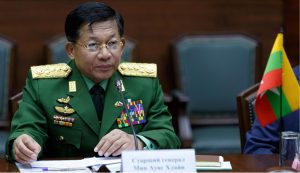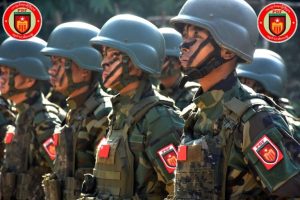
Myanmar, officially known as the Republic of the Union of Myanmar, is a country located in Southeast Asia. It shares borders with China to the north, India and Bangladesh to the west, Thailand and Laos to the east, and the Bay of Bengal and Andaman Sea to the south. Here are some key details about Myanmar:
Geography
- Capital: Naypyidaw (Nay Pyi Taw), a planned city built in the early 21st century. Prior to this, the capital was Yangon (formerly Rangoon).
- Major Cities: Yangon (largest city), Mandalay, Naypyidaw, and others.
- Landscape: Myanmar has a diverse landscape, featuring mountains (like the Himalayas), dense forests, and fertile plains. The Irrawaddy River is the country’s main waterway, and its delta is rich in agriculture.
History
- Ancient Kingdoms: Myanmar has a long history, with early kingdoms such as Pagan (Bagan) being the heart of Burmese culture. The kingdom of Pagan (9th-13th centuries) is particularly famous for its ancient temples and architecture.
- Colonial Period: Myanmar was colonized by the British in the 19th century, becoming a part of British India until it gained independence in 1948.
- Post-independence Era: After independence, Myanmar faced a series of military and civilian governments, often marked by political unrest and economic challenges.
- Military Rule: From 1962, Myanmar was under military rule, which lasted for decades. In 2011, Myanmar began a process of political reform, leading to a quasi-democratic government.
- Recent Conflict: In 2021, the military staged a coup, overthrowing the democratically elected government of Aung San Suu Kyi, leading to widespread protests, violence, and civil unrest.
Government and Politics
- Myanmar is officially a unitary parliamentary republic, though its political system has often been shaped by military influence.
- Military Coup (2021): The military, known as the Tatmadaw, took control of the government in February 2021, arresting leaders of the civilian government, including Aung San Suu Kyi. The coup has led to widespread protests, civil disobedience movements, and armed conflict.
- Ethnic Conflicts: Myanmar is ethnically diverse, with over 100 recognized ethnic groups, including the majority Bamar people, as well as the Rohingya, Kachin, Shan, Karen, and others. Ethnic minority groups have long fought for greater autonomy or independence.
Culture
- Religion: The majority of Myanmar’s population is Buddhist (about 90%), with a small percentage of Christians, Muslims, and other religious groups.
- Language: The official language is Burmese, though many ethnic groups have their own languages and dialects.
- Cuisine: Myanmar’s cuisine is influenced by Indian, Chinese, and Thai cuisines. Dishes such as mohinga (a fish soup), lahpet (fermented tea leaf salad), and nan gyi thoke (noodle salad) are popular.
- Art and Architecture: Myanmar is known for its ancient temples, particularly in the Bagan region. Traditional arts include weaving, lacquerware, and sculpting. Buddhist monasteries and stupas are important cultural symbols.
Economy
- Agriculture: Myanmar’s economy has traditionally been based on agriculture, with rice being the main crop. Other agricultural products include pulses, beans, and maize.
- Natural Resources: The country is rich in natural resources, including timber, oil, natural gas, and gemstones (notably jade).
- Economic Challenges: Myanmar has faced significant economic difficulties due to political instability, international sanctions, and internal conflicts. However, there have been periods of growth, especially in sectors like energy, tourism, and manufacturing.
Challenges
- Human Rights and Ethnic Conflict: Myanmar has faced criticism for human rights violations, particularly in its treatment of ethnic minorities like the Rohingya, who have been subjected to violence and displacement. The situation of the Rohingya crisis in Rakhine State, where thousands were displaced or killed in 2017, has drawn international condemnation.
- Internal Conflict: Ethnic insurgent groups in the border areas continue to demand greater autonomy, and some have engaged in armed resistance against the government. The military coup in 2021 exacerbated these conflicts.
Recent Developments
- The military-led coup in February 2021 triggered massive protests and a violent crackdown. Many ethnic armed groups have now aligned with civilian protesters in opposition to the junta, leading to ongoing civil conflict and a deteriorating humanitarian situation.
- International Response: The international community has largely condemned the coup and imposed sanctions on Myanmar’s military leaders, but there is limited external intervention.
Conclusion
Myanmar is a country with rich cultural heritage and natural resources but faces significant political, ethnic, and economic challenges. The situation in the country remains fluid, particularly after the military coup in 2021, which has led to ongoing instability and widespread suffering among its people.





